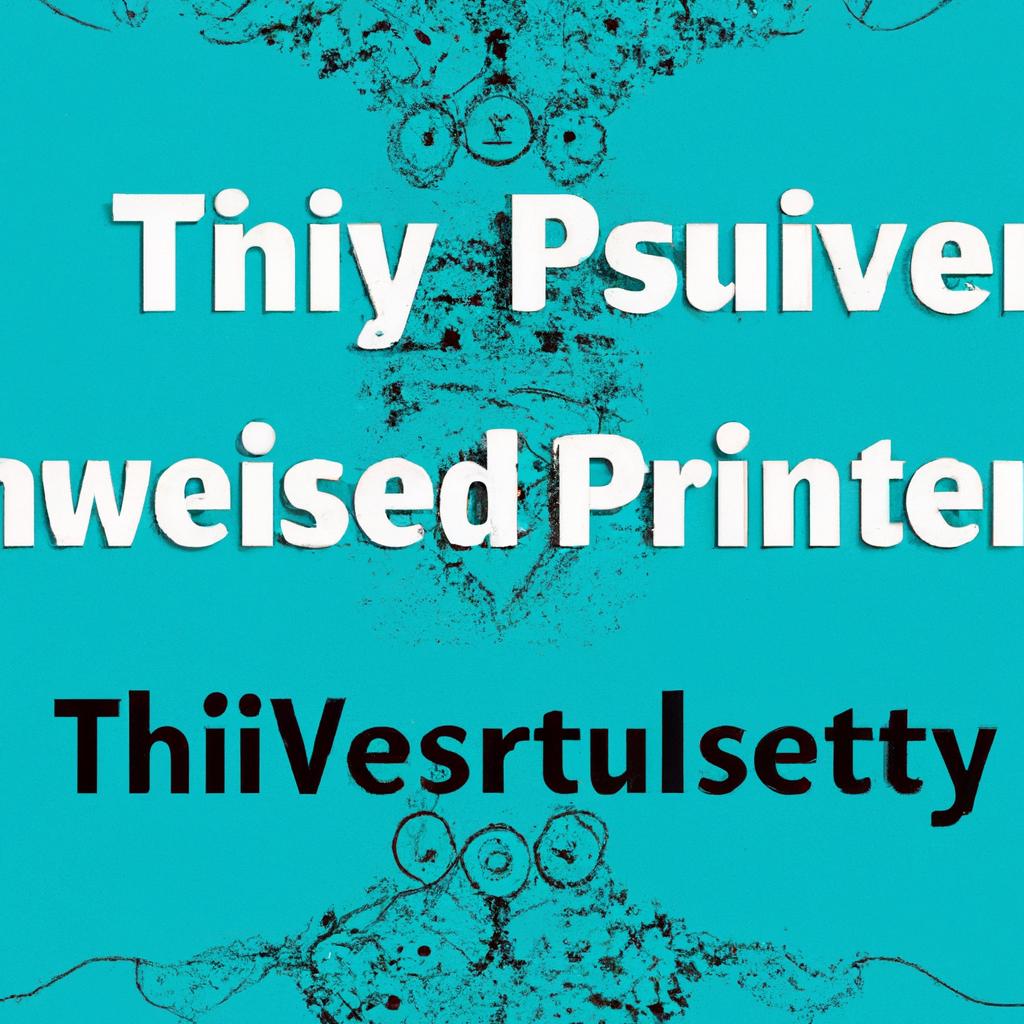Power Dynamics in Trusts: Trustee vs. Beneficiary
Trusts involve two key players: the trustee and the beneficiary. Understanding the roles and powers of each party is essential for a smooth functioning of a trust. In this article, we will explore the differences between a trustee and a beneficiary, shedding light on their responsibilities and the extent of their authority within a trust arrangement.
Role of the Trustee
A trustee is an individual or entity appointed to oversee and manage a trust on behalf of the beneficiaries. They are legally bound to act in the best interests of the trust and its beneficiaries, following the guidelines set forth in the trust document. Trustees have a fiduciary duty to carry out their responsibilities with honesty, integrity, and diligence.
Responsibilities of a Trustee:
- Asset Management: Trustees are tasked with safeguarding and managing the assets held within the trust, which includes making investment decisions and distributing income to beneficiaries.
- Adherence to Trust Terms: Trust documents provide specific instructions on how the trust should be managed, and trustees must comply with these terms to fulfill the trust’s objectives.
- Communication with Beneficiaries: Trustees are obligated to keep beneficiaries informed about the trust’s activities, provide updates regularly, and address any inquiries they may have.
- Maintaining Records: Trustees must keep accurate records of all transactions, investments, and distributions made from the trust for transparency and accountability.
Understanding the Beneficiary
Beneficiaries are individuals or entities entitled to benefit from the assets held within a trust. They have a vested interest in the trust and are eligible to receive distributions as outlined in the trust document. Beneficiaries have specific rights and expectations regarding their involvement in the trust.
Rights of a Beneficiary:
- Receiving Distributions: Beneficiaries have the right to receive income and assets from the trust according to the trust document.
- Access to Information: Beneficiaries can request information about the trust, including its assets, investments, and activities, to stay informed.
- Challenging Trust Actions: In certain situations, beneficiaries can challenge the trustee’s actions if they believe they are not in line with the trust terms or fiduciary duties.
Power Dynamics: Trustee vs. Beneficiary
Within a trust, trustees typically hold more control and authority compared to beneficiaries. This is because trustees are responsible for managing trust assets, making investment decisions, and distributing income and assets to beneficiaries. Their legal obligation to act in the best interests of the trust and its beneficiaries gives them significant power and discretion.
On the other hand, beneficiaries have limited power in a trust arrangement. While they have rights such as receiving distributions and accessing information, they do not directly manage the trust. Beneficiaries rely on trustees to fulfill their duties and act in a way that benefits the trust and its beneficiaries.
Benefits and Recommendations
- Effective Communication: Establishing transparent communication between trustees and beneficiaries can foster trust and a positive relationship.
- Regular Updates: Providing beneficiaries with consistent updates on the trust’s activities and performance can ensure transparency and address any concerns.
- Legal Guidance: In case of disputes, seeking legal advice can help resolve issues and protect the rights and interests of both trustees and beneficiaries.
Case Study: Trustee vs. Beneficiary
In a recent trust dispute, a beneficiary challenged the trustee’s actions, alleging mismanagement of trust assets and delayed distributions. With legal counsel, the beneficiary negotiated a resolution with the trustee, ensuring their interests were safeguarded and the trust was administered according to the trust terms.
Conclusion
In summary, while both trustees and beneficiaries are vital to a trust’s operation, trustees typically wield more power due to their management responsibilities. Beneficiaries have rights and expectations but depend on trustees to act in their best interests. Establishing clear communication, providing updates, and seeking legal advice when necessary are key to navigating challenges between trustees and beneficiaries. A collaborative and transparent relationship is essential for the successful administration of a trust.
Trustee vs. Beneficiary: Uncovering the Power Dynamics in Trusts
The Role of Trustee and Beneficiary
Trusts are legal arrangements that involve three primary parties: the trustor (the person who creates the trust), the trustee (the person or institution responsible for managing the trust assets), and the beneficiaries (those who benefit from the trust assets).
Trustees are entrusted with the fiduciary duty to manage the trust in the best interest of the beneficiaries. They are responsible for preserving and growing the trust assets, distributing income or principal to beneficiaries according to the terms of the trust, and ensuring compliance with all legal requirements.
Beneficiaries, on the other hand, are the individuals or entities entitled to receive the benefits of the trust. They may receive income from the trust, have access to trust assets, or have certain rights to the trust property as outlined in the trust document.
Power Dynamics in Trusts
While trustees have the legal authority to manage the trust assets, beneficiaries hold significant power in certain respects. Understanding the power dynamics between trustees and beneficiaries is crucial for establishing a harmonious and effective relationship within a trust.
Communication
Effective communication between trustees and beneficiaries is essential for trust administration. Trustees must keep beneficiaries informed about the management of the trust, provide regular updates on trust performance, and address any concerns or questions that beneficiaries may have. Open communication helps build trust and transparency in the relationship.
Decision-Making
Trustees have the authority to make decisions regarding the investment, distribution, and management of trust assets. However, beneficiaries may have certain rights to request distributions, challenge trustee decisions, or petition the court for the removal of a trustee in cases of misconduct or negligence. Trustees must consider the best interests of the beneficiaries when making decisions that affect the trust.
Benefits and Practical Tips
When navigating the power dynamics between trustees and beneficiaries in trusts, consider the following benefits and practical tips:
- Establish clear communication channels and expectations from the outset
- Document all trustee decisions and interactions with beneficiaries
- Seek legal counsel when necessary to resolve disputes or interpret trust terms
- Regularly review trust performance and make adjustments as needed
Case Study: Trust Dispute Resolution
In a recent trust dispute case, the beneficiaries challenged the trustee’s investment decisions, alleging that the trustee was not acting in their best interests. Through open communication and mediation facilitated by a legal expert, the trustee and beneficiaries were able to reach a compromise and adjust the investment strategy to align with the beneficiaries’ goals. By addressing the concerns and working collaboratively, the trustee and beneficiaries were able to strengthen their relationship and preserve the trust assets for future generations.
First-hand Experience
As a trustee, I have encountered various challenges in managing trusts and navigating the dynamics with beneficiaries. By prioritizing transparency, communication, and collaboration, I have been able to build strong relationships with beneficiaries and fulfill my fiduciary duties effectively. Trust administration requires patience, empathy, and a deep understanding of the roles and responsibilities of trustees and beneficiaries.
| Trustee | Beneficiary |
|---|---|
| Manages trust assets | Receives benefits from the trust |
| Has fiduciary duty to beneficiaries | Entitled to trust benefits |
| Makes investment decisions | May challenge trustee decisions |
Overall, understanding the power dynamics between trustees and beneficiaries in trusts is essential for successful trust administration. By fostering open communication, mutual respect, and collaboration, trustees and beneficiaries can work together to preserve and grow trust assets for the benefit of all parties involved.






